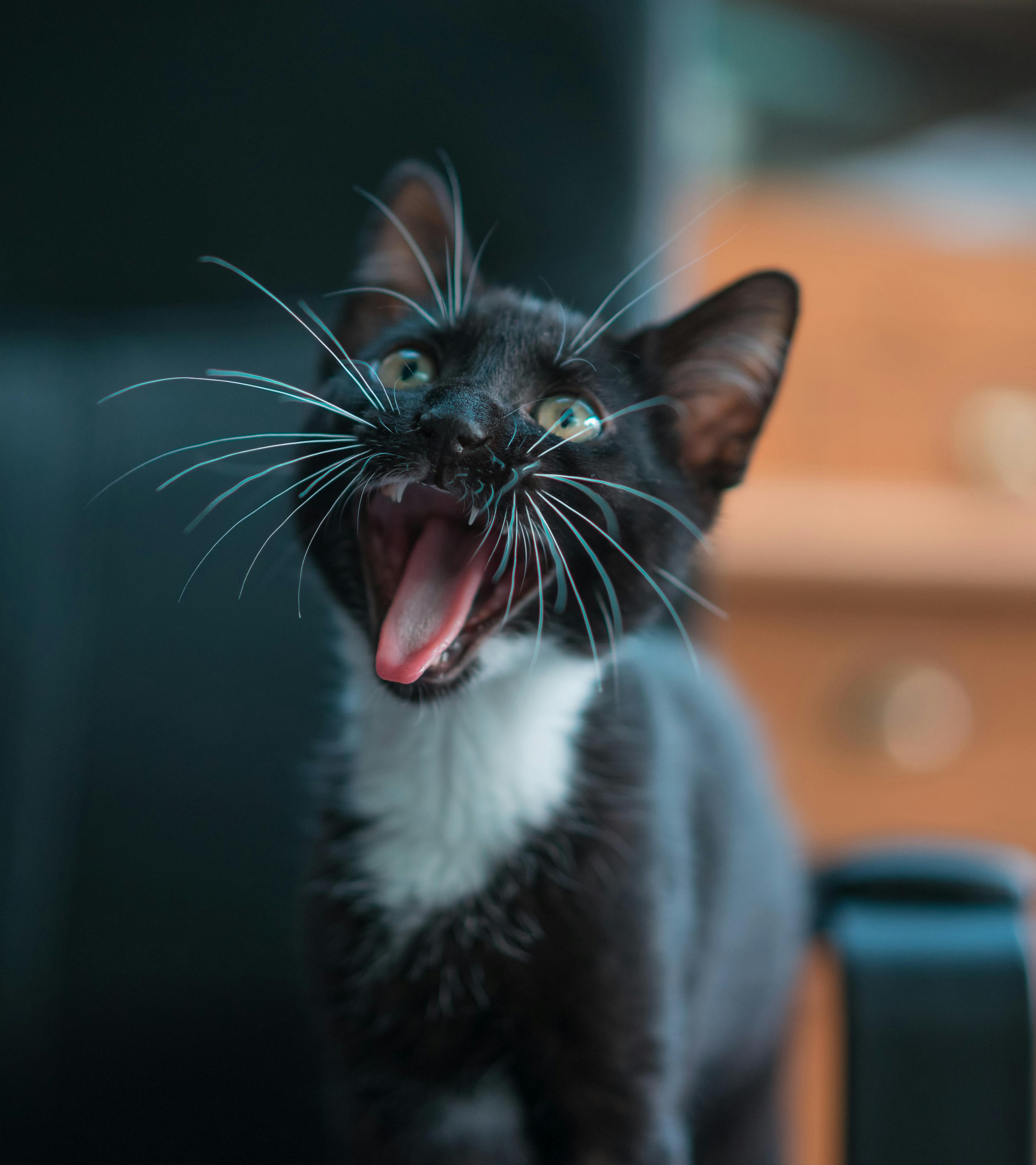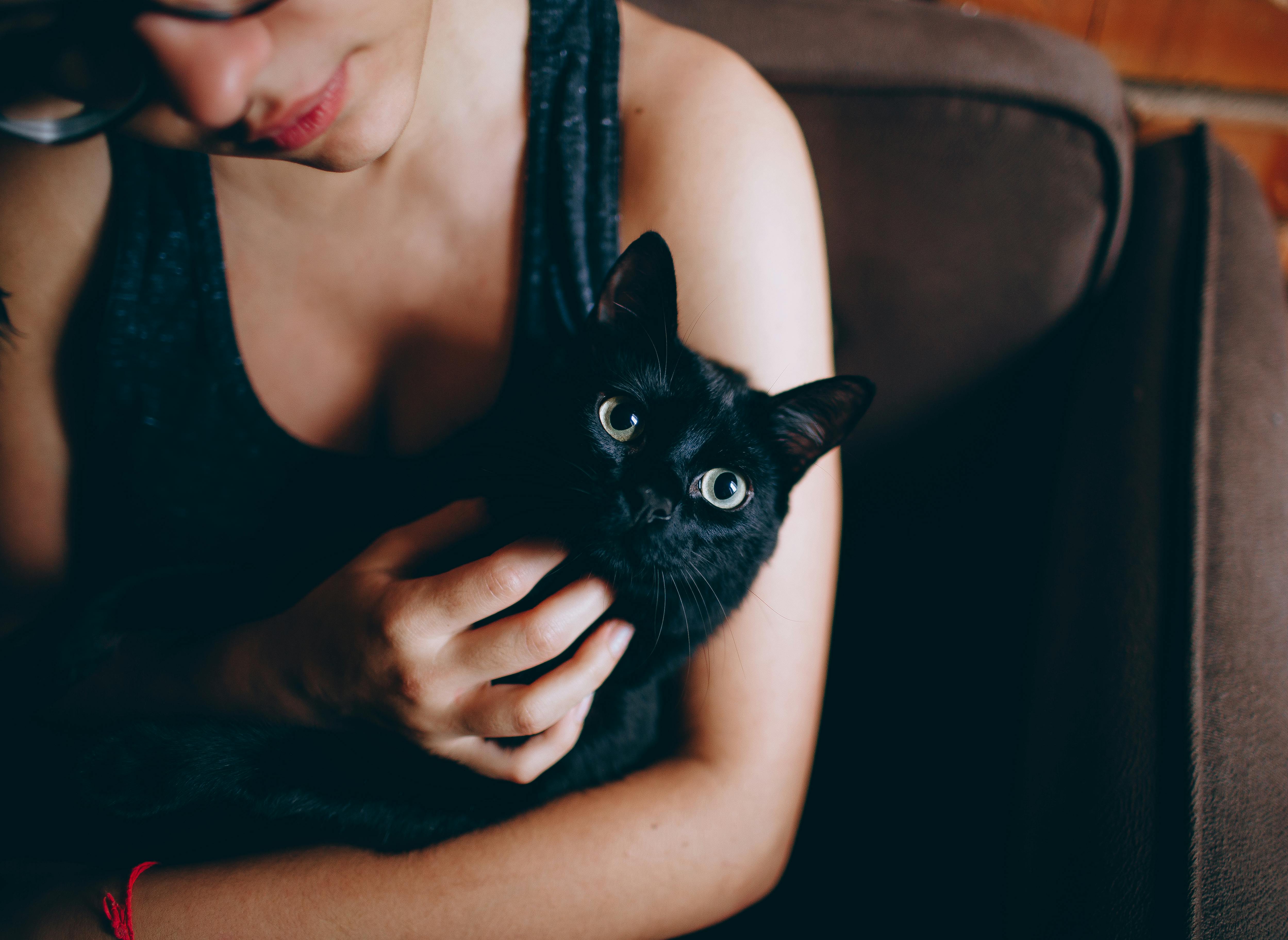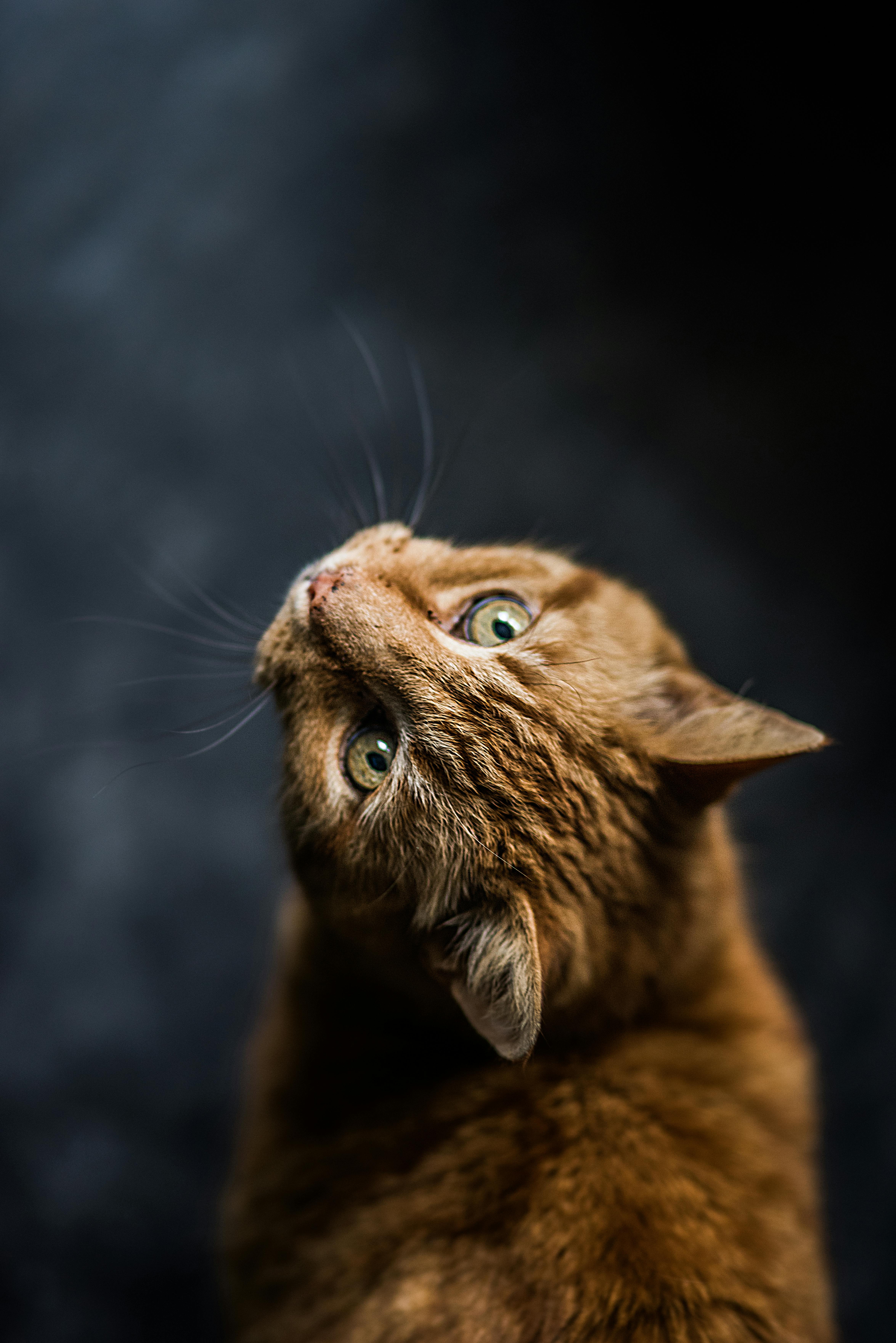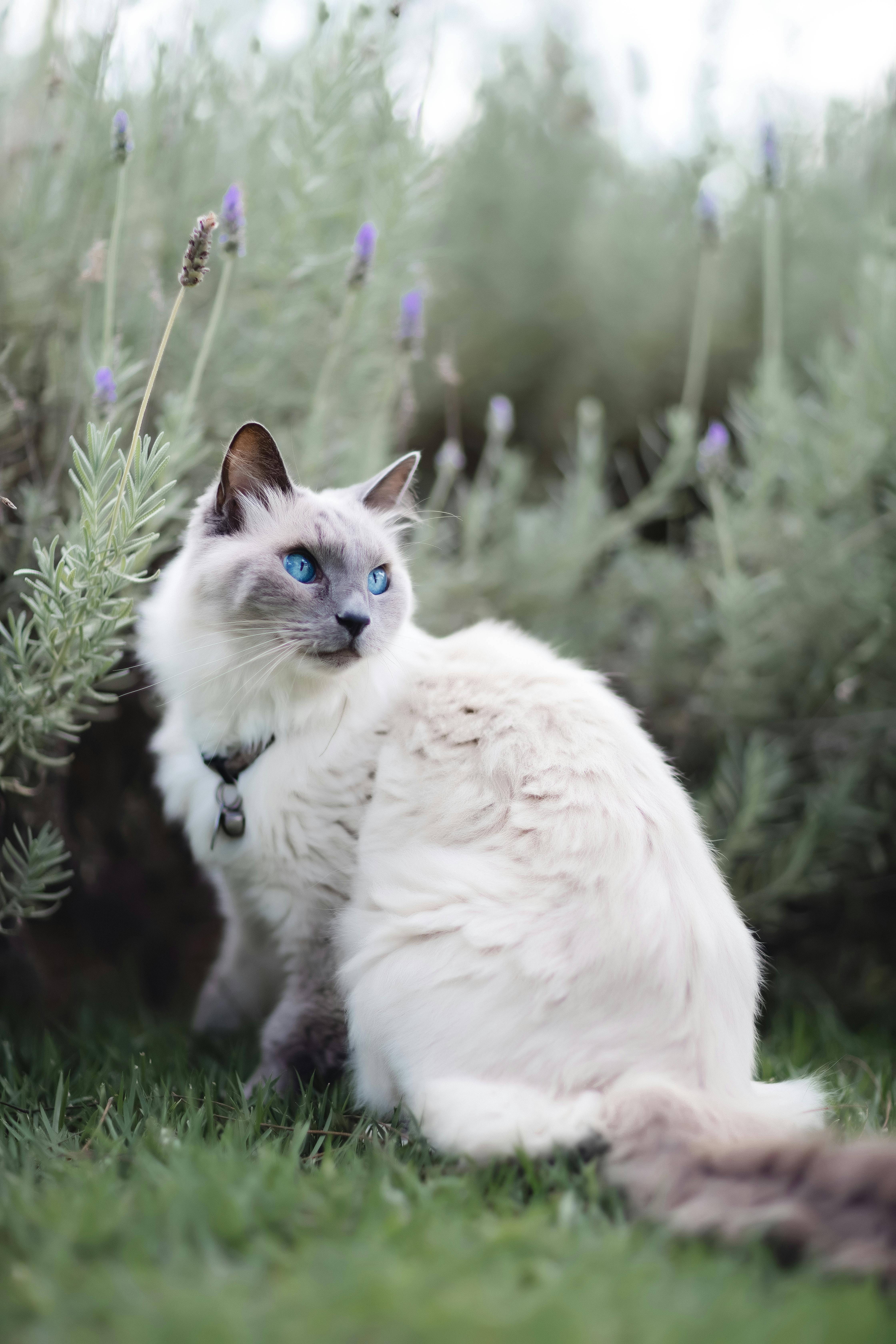
Have you ever wondered how big can a tabby cat get? These charming felines come in all shapes and sizes, from tiny kittens to majestic adults. You’ll be amazed at the variety among them!
Tabby cats are known for their unique coat patterns. Did you know that they can also vary greatly in size? This makes each tabby truly special.
Their size depends on several factors like genetics, diet, and breed variations. Some tabbies might stay small while others grow quite large.
Understanding these factors can help you appreciate your furry friend even more. Plus, it’s fascinating to see how each element plays a role in their growth.
Did you know vet visits for your ginger pal can cost up to $80, and emergencies can hit thousands? 😮 But worry not! Pet insurance has got your back. For a tiny cost, avoid huge bills and keep your kitty healthy. Click here for peace of mind and endless purrs.
Factors Influencing Tabby Cat Growth


Have you ever noticed how some tabby cats are bigger than others? Let’s explore the factors influencing their growth. Genetics play a big role in how large a tabby can get. If your kitty’s parents were big, chances are they will be too.
Diet is another important factor. Feeding your cat high-quality food helps them grow strong and healthy. Good nutrition means good growth!
Exercise also affects their size. Active cats tend to have more muscle and less fat, making them appear larger.
- Genetics: Parental size matters
- Diet: High-quality food supports growth
- Exercise: Activity builds muscle
Genetic Impact on Size Variations
Genetics play a crucial role in determining how big your tabby cat will get. Just like humans, cats inherit traits from their parents. If both parent cats are large, there’s a good chance their kittens will be too.
Different breeds also have different typical sizes. For example, Maine Coons are known for being quite large and fluffy, while Singapuras are small and sleek.
Sometimes, mixed-breed tabbies can inherit size traits from multiple ancestors. This genetic mix can lead to unique size variations.
- Parental Size: Large parents often mean large kittens
- Breed Differences: Some breeds are naturally larger or smaller
Diet and Its Role in Growth


Your tabby cat’s diet is a major factor in its growth. A balanced diet ensures your kitty gets all the nutrients needed to grow strong and healthy.
Protein is vital for muscle development. Make sure your cat food contains high-quality protein sources like chicken, fish, or turkey.
Vitamins and minerals also play an important role. Calcium helps with bone development, while vitamins A and D are essential for overall health.
- High-Quality Protein: Chicken, fish, or turkey are great options
- Essential Nutrients: Vitamins and minerals support bones and overall health
Breed Varieties Among Tabby Cats


Tabby cats come in numerous breed varieties, each with unique characteristics. Their size can vary significantly based on their breed.
The Maine Coon is one of the largest tabby breeds. These gentle giants can weigh up to 18 pounds or more!
Siamese tabbies, on the other hand, are generally smaller and leaner. They typically weigh between 6 to 14 pounds.
- Maine Coon: Known for their large size and friendly nature
- Siamese: Smaller, leaner, and very vocal
Average Size of Adult Tabby Cats


When it comes to the average size of adult tabby cats, there’s quite a range. On average, most adult tabbies weigh between 8 and 12 pounds. However, some can be smaller or larger depending on various factors.
Their length can also vary. Typically, a full-grown tabby cat measures around 12 to 15 inches from head to tail.
- Males: Usually larger than females
- Females: Tend to be more petite
You might notice that genetics play a huge role in their size. Additionally, diet and overall health are crucial factors too.
*Did you know vet visits for your ginger pal can cost up to $80, and emergencies can hit thousands? 😮 But worry not! Pet insurance has got your back.* For a tiny cost, avoid huge bills and keep your kitty healthy. Click here for peace of mind and endless purrs.







